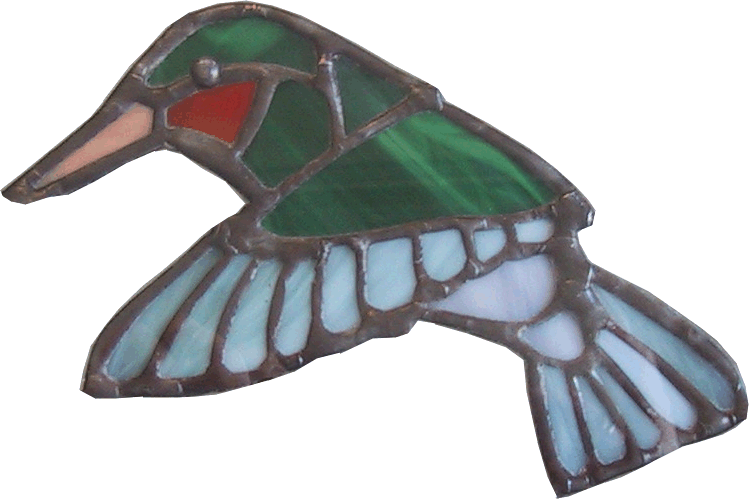NO DRILLS NO NEEDLES Part 1
by Pentti J. Nupponen, DMD, MAGD, FIND, AIAOMT
"WOW! How did you do that? I canít even see any filling on my tooth. It looks beautiful, and it didnít hurt. Can I have all my fillings done that way?"
These are the type of reactions that Dr. Pentti Nupponen hears from his patients as he smiles mysteriously and completes another hi-tech restoration in his office in Halifax, PA, just north of Harrisburg. Dr. Nupponen uses modern materials, procedures, and equipment designed to take the pain out of dentistry. His office has recently been featured in health news segments on TV 21 and TV 27 as well as in the Harrisburg Patriot-News.
Micro air-abrasion
This state of the art dental procedure is based on technology developed in 1943 by Dr. Black. Micro air-abrasion is also known as advanced particle beam technology or industrial dental sand blasting. Microscopic-sized particles traveling at very high speed are emitted from a pencil-sized handpiece driven by compressed air. With high precision, Dr. Nupponen removes only the decayed tooth structure, leaving the healthy tooth structure untouched. By using this technology, he can create ultra-conservative restorations in a short period of time with maximum patient comfort.
"But how come it did not hurt and you did not give me a shot?" asks his patient. Dr. Nupponen explains, "When conventional fillings are prepared with high speed drills, an unanesthetized patient will feel pain. A high speed drill rotates between 200,000 to 500,000 rpm, creating micro-fractures, vibrations and heat from friction. Advanced particle beam technology does not create fractures, vibrations or heat. The only thing the patient may feel is cool air being blown on the tooth. "Even in some situations," explains Dr. Nupponen, "where the decay was almost to the nerve, I was able to complete the procedure without anesthetic injections to our patient. We have utilized this technology now about a full year and find it to be truly a revolutionary way of treating our patients. The patients have been anywhere between 4 years old to 90 years old. It works with any age and the patients love it."
The next question that patients often ask is "Can you do all future drilling with this new technology?" Our answer to that is, "Not yet." This technology has some current limitations. At this moment we cannot do crown (cap) preparations or remove large, soft, mushy decay with it. Up until recently, we could not remove old mercury amalgam fillings with this particle beam technology, but that has changed. The pioneer company Kreativ, Inc., has completed exhaustive clinical testing to prove that old amalgam fillings can now be removed with their new turbo tip Marc V micro particle equipment. It is likely that, as this technology advances, the balance of dentistry can be done with this new high tech equipment.
"OK, now I understand how you prepared my tooth, but how did you make it look and feel like a perfectly new tooth?", the patient continues. "Oh, that is easy to answer, says Dr. Nupponen. "We used one of the new flowable composite dental restorative materials and hardened it with our Argon lasers. By utilizing lasers with these restorations, we are able to increase the strength of the restoration considerably and reduce the setting time of the material by eight fold. In this way we produce beautiful invisible long lasting restorations.
"I absolutely love my chosen profession," says Dr. Nupponen. "We have undertaken to become one of Pennsylvaniaís most high-tech dental offices in order to better serve our patients." An additional excitement of this new technology comes from an opportunity for Dr. Nupponen to utilize his public speaking skills. For some time now he has been teaching this hi-tech dentistry to other dentists in seminars around the country and has run training sessions in his office for dentists interested in hands on learning 21st-century dental patient care technology.
"I do have one more question," asks Dr. Nupponenís patient. "If that cavity had been so deep that I would have needed a shot, could you have done it without needles?" That mysterious smile is back on Dr. Nupponenís face as he answers with a resounding "Yes." "How do you do that?", asks the patient. "It is a piece of cake," answers Dr. Nupponen, "but we will leave that until your next appointment."
